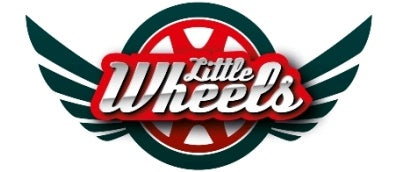The Willys Jeep vs. the Land Rover... Kent Bostrom
When WWII was over many inventions had proven themselves as a must. One to become important was four-wheel-drive vehicles. Since there still was a shortage of many things, army surplus units were a cheap way to get what was needed quickly. The Jeep soon became popular with all from farmers, construction firms and road assistance organizations. Many new ideas were brought from the drawing boards to materialized vehicles. One of the good examples was the Land Rover. While the Jeep still for many years to come, only was offered in one (short) wheelbase Land Rover soon realized the possibilities for short and long wheelbase, van types and pick up’s. This civilian aspect of the 4WD gave many customers exactly what they wanted.
Because of material shortage Land Rover made their bodies in aluminum and got a light weight unit that wouldn’t rust. Firms needing capability in rough terrain chose the shortest Land Rover to deliver spare parts for a certain machine stuck in the mud or an oil drum with fuel to continue work for another. Most machines within the agriculture and construction fields needed support now and then and many companies supplying their customers with service had use for a Land Rover pick up or a van. Willys watched the British success and developed other versions of the Jeep, also completely new units, but was not even close to Land Rover’s position as No. 1 – at least not in Europe.

The original war effort and the good civilian copy (before you ask – here name is Betty Boop!)

A 1958 Land Rover 88” series I with an A 40 from 1953 at the back






